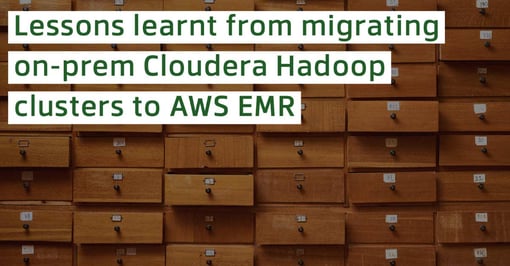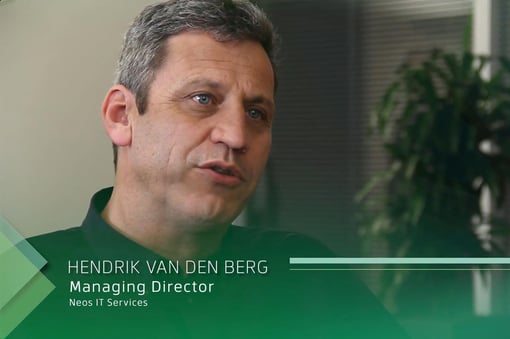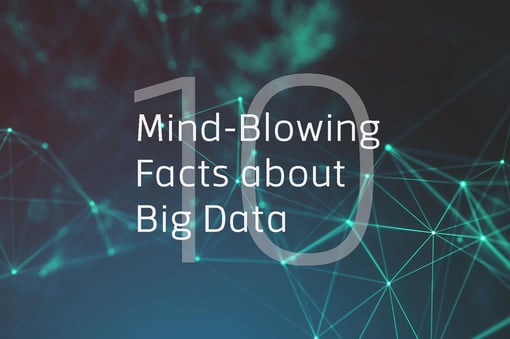The size of the data is not the most critical factor - having the right data is.
In a time when the amount of data doubles every two years, we have to change the paradigm of data. By end of 2020, we talk about more than 44 zettabytes of digital data flowing across broadband pipes from businesses of all varieties and verticals - old and new, big and small, industrial and digital.
Today, masses of sensors and devices are being leveraged to collect data from almost everything. Enormous amounts of user data are being harnessed at scale to identify individuals among a sea of website clicks. Companies start to get more insights about the customer lifecycle by analyzing usage patterns from geographical, demographical, and social information.
But the reality is that our increasing focus on the importance of big data is often misleading. Yes, deriving value from data may require a certain amount of that data but the key to turn data into action and to make smarter decisions by applying data-driven decision-making techniques to your management toolkit is having the right data. The size of the data is not the most critical factor - having the right data is.
Increase the quality of your data
The first change you need to do is to just make your data of higher quality. Yes, you have a lot of data, and sometimes you just aren’t using that data and maybe you aren’t paying as much attention to its quality as you should do. Sometimes the right data is big, sometimes the right data is small. But you have to make sure that the data has the right lineage, that the data has the right permissible purpose to serve the customers. This is a journey. You need to figure out what those ciritcal pieces of data are that drive competitive advantages. Those will be the pieces of right data that you should seek out fervently.
Less than five per cent of the information is analyzed
90% of world's data has been generated over the last two years. By 2020, we will have more than 44 zettabytes of digital data generated by customers, suppliers, and operations, and multimedia and ordinary people armed with smartphones and their social networks will continue to fuel its exponential growth. We already have huge data lakes and information available but there is still massive potential to make smarter decisions by choosing the right data to focus on.
Uber is often referred to as a big-data success story. There is no doubt that Uber captures a wealth of information. Using the applications it has running in both its drivers’ cars and its users’ pockets, it has mapped the real-time logistics flows of human transportation.
But Uber’s success isn’t a function of the big data it collects. That big data has enabled the company to enter new markets and fulfill new jobs in the lives of its customers. Uber’s success results from something very different: the small, right data it needed to do something very simple — dispatch cars.
Finding the right data for the big data proposition that drives real value to your customers and your business
Uber’s elegant solution was to stop running a biological anomaly detection algorithm on visual data — and just ask for the right data to get the job done. Who in the city needs a ride and where are they? That critical piece of information let the likes of Uber, Lyft, and Didi Chuxing revolutionize an industry.
In Uber’s case, it needed to know exactly where all the potential riders in the city were in order to automate decisions surrounding where to send drivers and reduce the waste associated with human drivers searching for the next fare.
In the case of General Electric’s Predix Industrial Internet software, the company aspires to know exactly when a machine is going to break down, helping to automate decisions about maintenance visits and reduce the waste from unplanned downtime. For health insurers seeking to cut costs, they’d love to know the moment that a diabetes patient’s blood sugar dips dangerously low, helping to automate decisions around patient interventions and reduce waste surrounding disease mismanagement.
Those are the right pieces of data to seek out. Don't spend too much time thinking of big data - think about what the right data for your business is to seek out.




